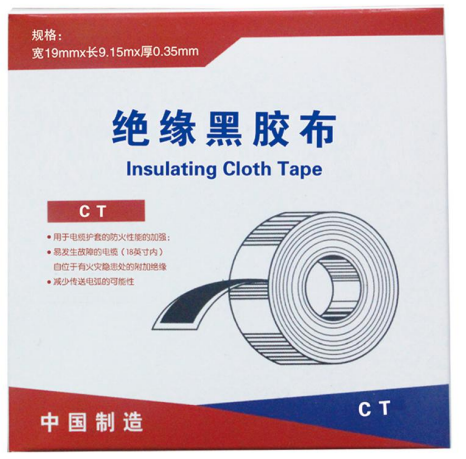Understanding Butyl Tape and Rubber Glue Applications and Benefits
In the world of construction, automotive, and marine applications, the efficacy of sealing materials cannot be overstated. Among these materials, butyl tape and rubber glue stand out as reliable options for various projects. Their unique properties make them favorable for creating durable seals, providing moisture barriers, and enhancing the longevity of bonded surfaces.
What is Butyl Tape?
Butyl tape is a type of pressure-sensitive adhesive tape made from butyl rubber, which is known for its superior flexibility and resistance to various environmental factors. This tape is characterized by its excellent waterproof properties, making it an ideal choice for sealing applications where moisture exposure is a concern. Commonly used in roofing, HVAC systems, and automotive applications, butyl tape adheres strongly to a wide range of surfaces, including metal, glass, and plastics.
One of the significant advantages of butyl tape is its ability to remain flexible across a wide temperature range. Unlike many other sealing materials, butyl tape does not become brittle in cold temperatures or lose its adhesive properties in high heat. This feature makes it particularly valuable for outdoor applications, where temperature fluctuations can affect the integrity of the seal.
Applications of Butyl Tape
Butyl tape is widely used in several industries
butyl tape rubber glue

1. Roofing It provides an effective barrier against water infiltration, ensuring the longevity of roofing materials. 2. Automotive The tape is used for bonding, sealing, and sound dampening in vehicles. 3. Construction It serves as a weatherproofing solution for windows, doors, and other building materials.
What is Rubber Glue?
Rubber glue, often referred to as rubber cement or adhesive, is a versatile bonding agent that utilizes rubber as its primary component. This type of glue dries to form a flexible yet strong bond, making it suitable for various materials, including paper, cardboard, leather, and some plastics.
The primary advantage of rubber glue is its ease of use and its ability to create a strong but flexible bond. Once dried, it retains a degree of elasticity, allowing it to accommodate movements in the bonded materials without breaking the seal. This feature is particularly useful in applications where vibration or shifting might occur.
Benefits of Using Butyl Tape and Rubber Glue Together
Combining butyl tape and rubber glue can create a formidable sealing solution for various projects. While butyl tape provides an immediate water barrier, rubber glue can reinforce the bond, ensuring even greater durability and flexibility. This combination is particularly advantageous in environments subjected to harsh weather conditions or fluctuating temperatures.
In conclusion, both butyl tape and rubber glue serve essential roles in sealing and bonding applications across multiple industries. Their unique properties allow for effective moisture resistance, temperature flexibility, and strong adhesion. When used together, they offer even greater benefits, making them indispensable tools for ensuring the integrity of various projects. Whether you're involved in construction, automotive, or DIY tasks, understanding these materials can help you choose the right solutions for your sealing needs.
-
XIANGFAN Rubber Tape-Ultimate Solutions for All Your Insulation NeedsNewsJun.24,2025
-
XIANGFAN Rubber Tape-Protection for Industrial and Residential ApplicationsNewsJun.24,2025
-
XIANGFAN Rubber Tape: Superior Safety and Sealing for Demanding EnvironmentsNewsJun.24,2025
-
XIANGFAN Rubber Tape: Reliable Solutions for Every Electrical ChallengeNewsJun.24,2025
-
XIANGFAN Electrical & Industrial Tape: Powering Reliability Across IndustriesNewsJun.24,2025
-
XIANGFAN Electrical & Industrial Tape: Excellence in Every ApplicationNewsJun.24,2025
